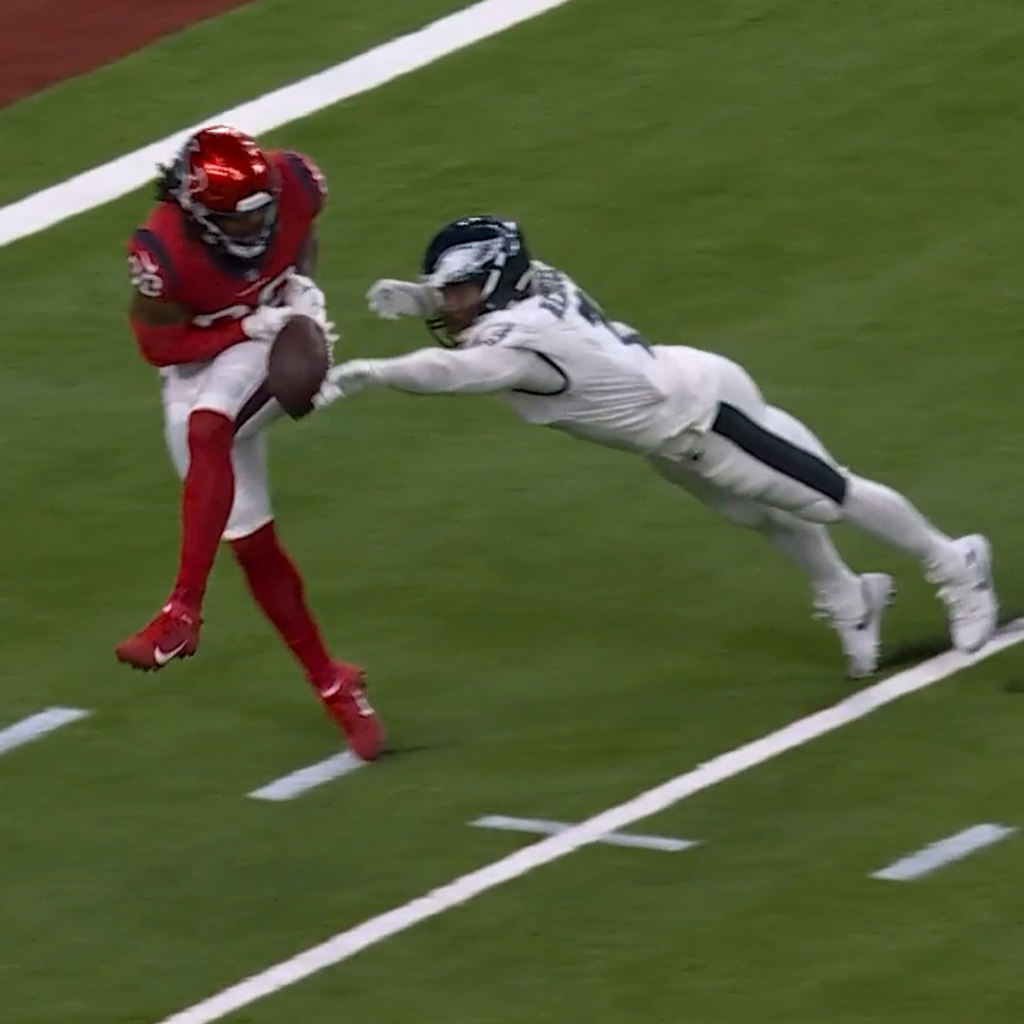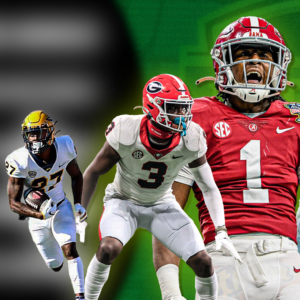In a recent film room episode I discussed why the Eagles have used Haason Reddick in coverage more frequently in the latter half of the season. I also wanted to discuss different ways to drop first level defenders into coverage.
LESS IS MORE
Defensive linemen spend the vast majority of their time rushing the passer, so when they are asked to drop into coverage, they’re typically not as comfortable playing in space. In my opinion, if you’re going to ask a defensive lineman to drop into coverage, you should make their life easier by not asking them to cover as much space. Less is more in this situation.
Take the two plays below as an example.
This play below with the Steelers is another good example of how the specific coverage role can help alleviate stress for the dropping defender.
By dropping into a hook zone, the defender doesn’t need to cover nearly as much space compared to playing in the flat.
In addition to that, a defense isn’t going to utilize match coverage variations if the flat defender is a defensive lineman. Remember, in typical match coverages, the flat defender often carries a receiver vertical. You’re not going to want to do that with guys that normally play with their hand in the dirt.
By having the edge defender drop into a hook zone, the defense can still utilize match coverages.
If you are going to ask a defensive lineman to play a flat assignment, then I’d much rather see them playing that role while lined up over a tight end that is attached to the line of scrimmage as opposed to a receiving threat that is in the slot. The other situation where I’d have them play the flat, is if they’re on the weak side of a trips formation.
In both scenarios, their job is easier as they don’t have to worry about playing their run responsibility from width while also having to get all the way to the flat if necessary.
This would require that the Eagles are flexible in who they have dropping into coverage. Over the past two season, the Birds have shown that they would much rather scheme Reddick into coverage than Sweat.
SET ‘EM UP, KNOCK ‘EM DOWN
When edge rushers drop into coverage, it’s usually a function of maintaining sound gap and coverage principles. But you can use defensive linemen to manipulate and break the offenses protection rules to create easy pressure.
Here’s an example of one of my favorite sim/creeper pressures.
Here’s a couple more examples of similar pressures.
These pressure packages don’t have to come from Bear fronts. Here the Jaguars use a double mug look to tie up offensive linemen while a defensive back overloads one side of the offensive line.
WHO NEEDS A PASS RUSH
I love seeing teams drop eight guys into coverage. Quarterbacks don’t see eight defenders in coverage very often, so they can get confused by the change up. QBs that don’t keep their wits about them often panic and runs themselves into pressure despite the defense rushing just three players.
The biggest benefit of drop eight coverages is that it can create an extra layer to the defense. When in zone coverage, the defense is usually covering the intermediate and deep zones. Using drop 8 coverages allows the defense to have defenders cover the underneath area. Think throws to the flats or check downs. You can also use that extra defender to cover weak spots in certain coverages.




